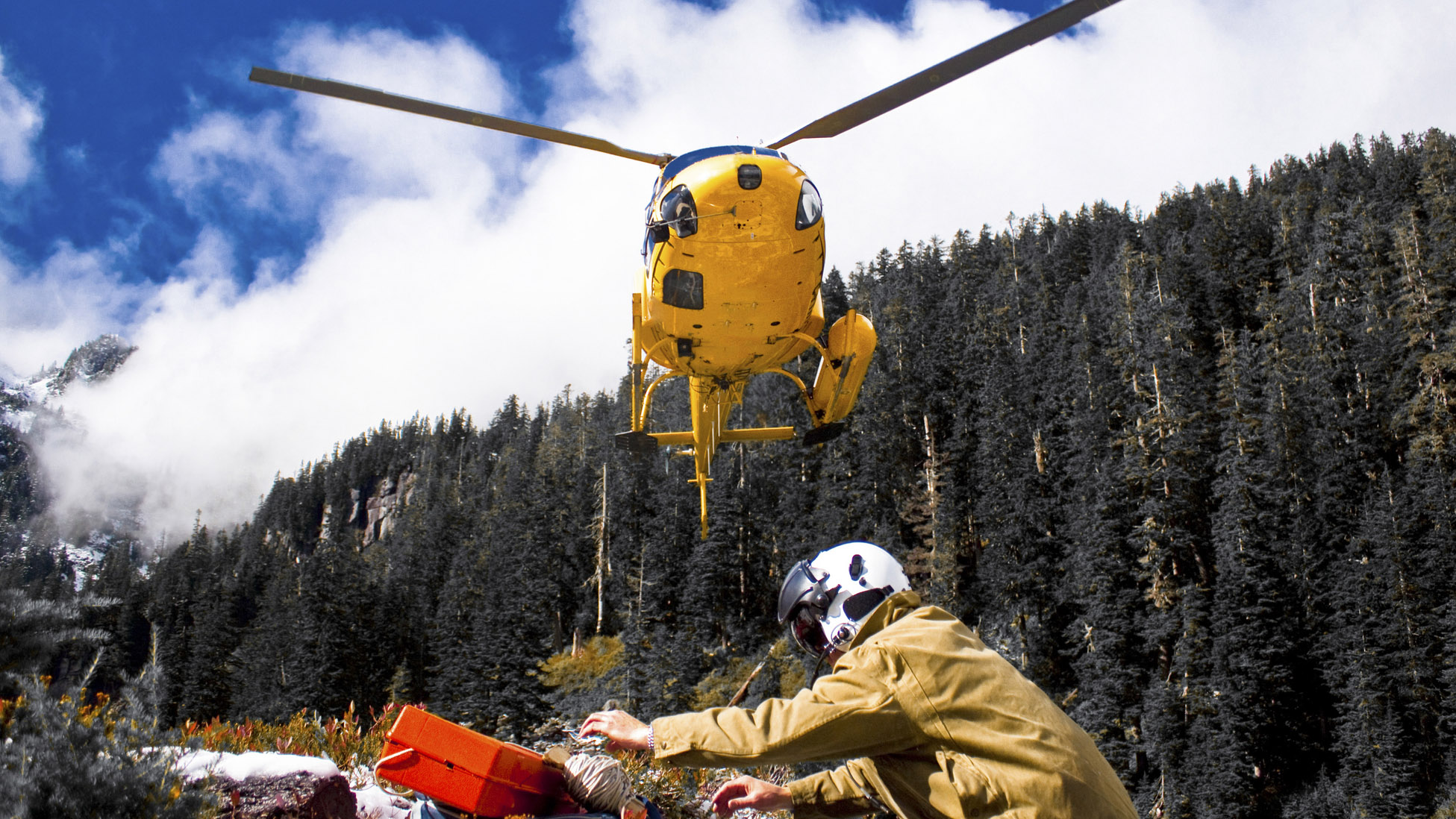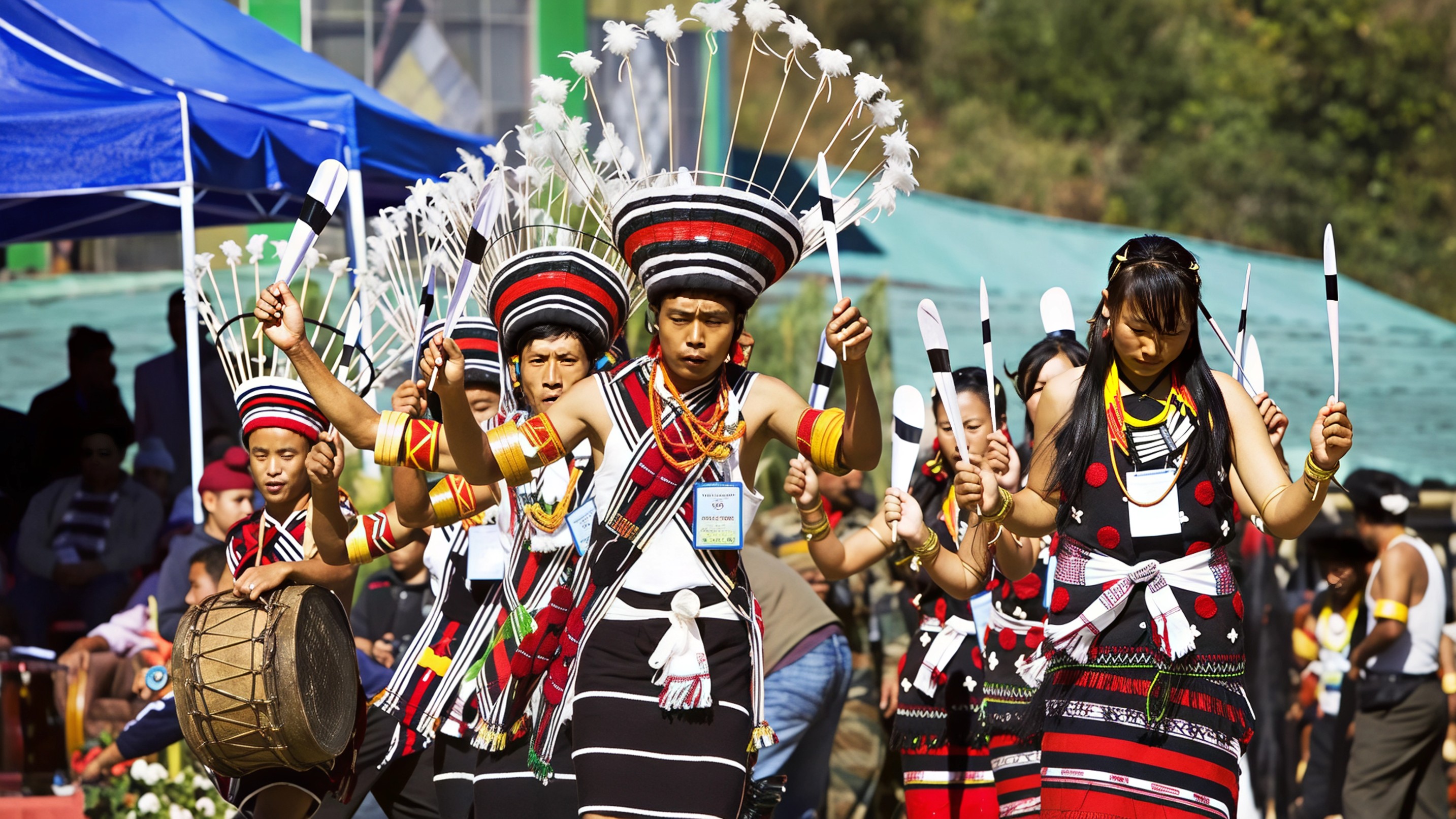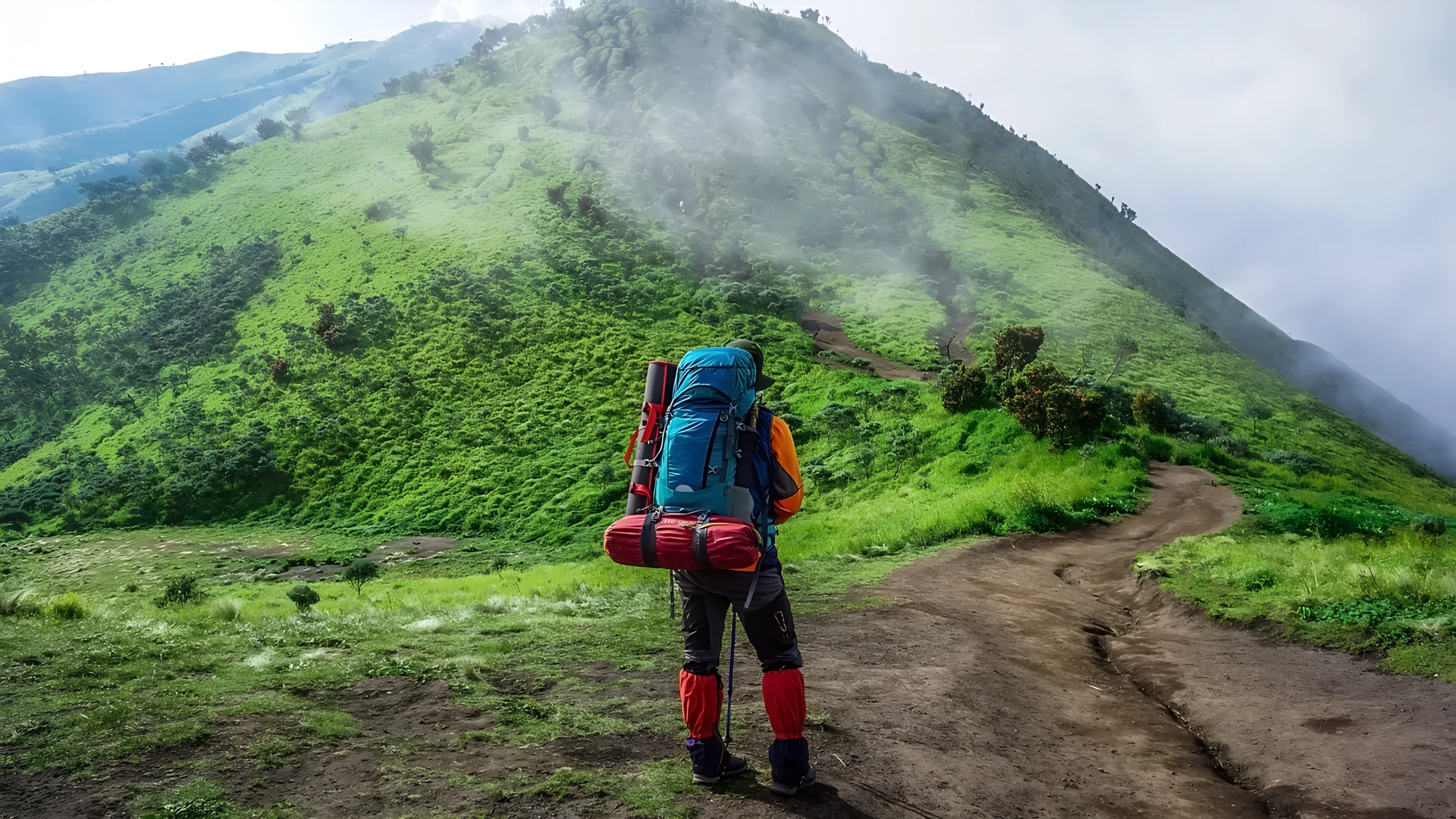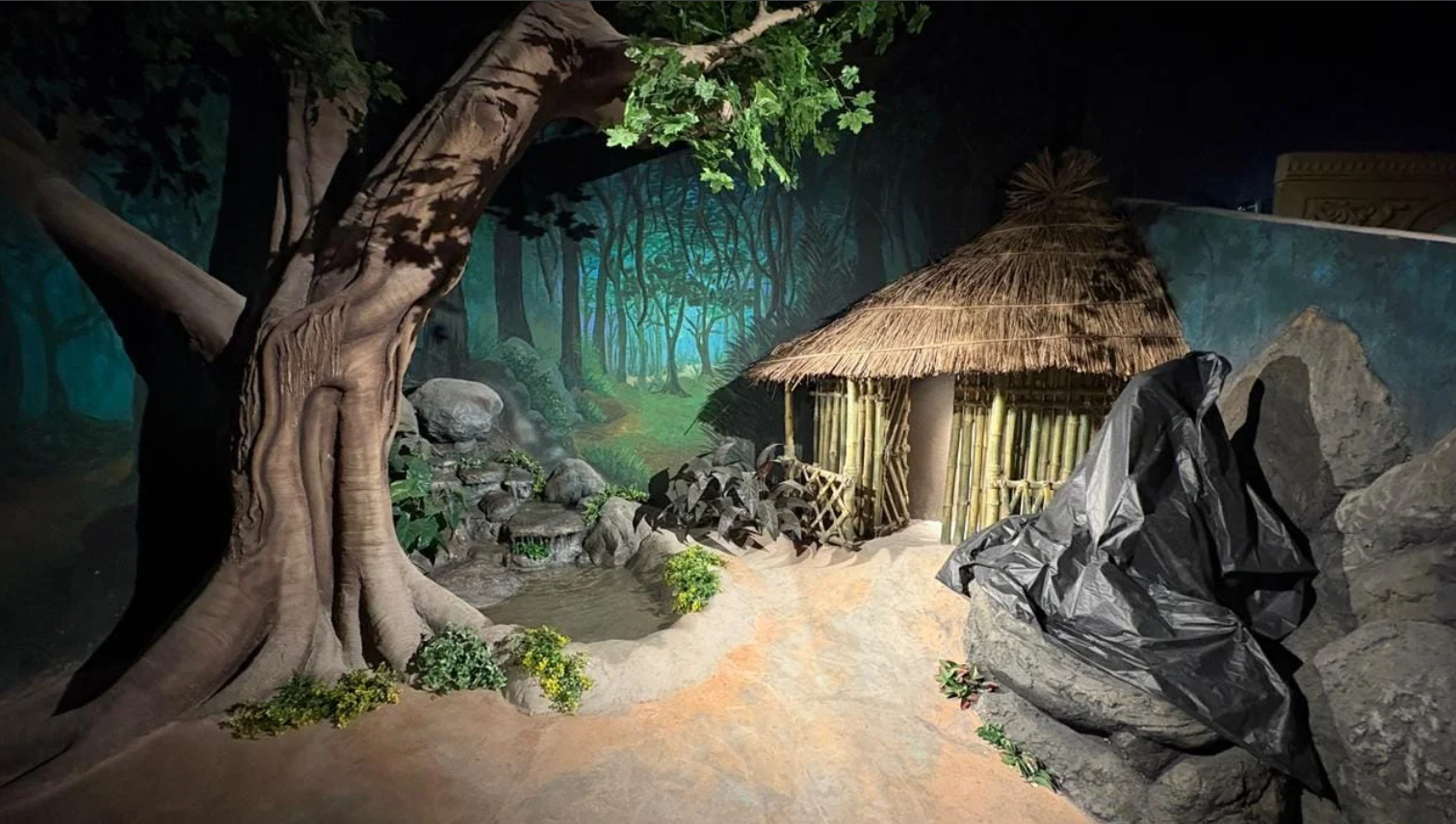The Himalayas have long inspired awe, but in recent years, they have also reminded us of nature’s fragility. Widespread floods, landslides, and glacial bursts in regions like Uttarakhand, Sikkim, and Himachal Pradesh have exposed the growing risks of over-tourism and unplanned development. These aren’t merely natural disasters—they are a reflection of human disruption in ecologically sensitive zones.
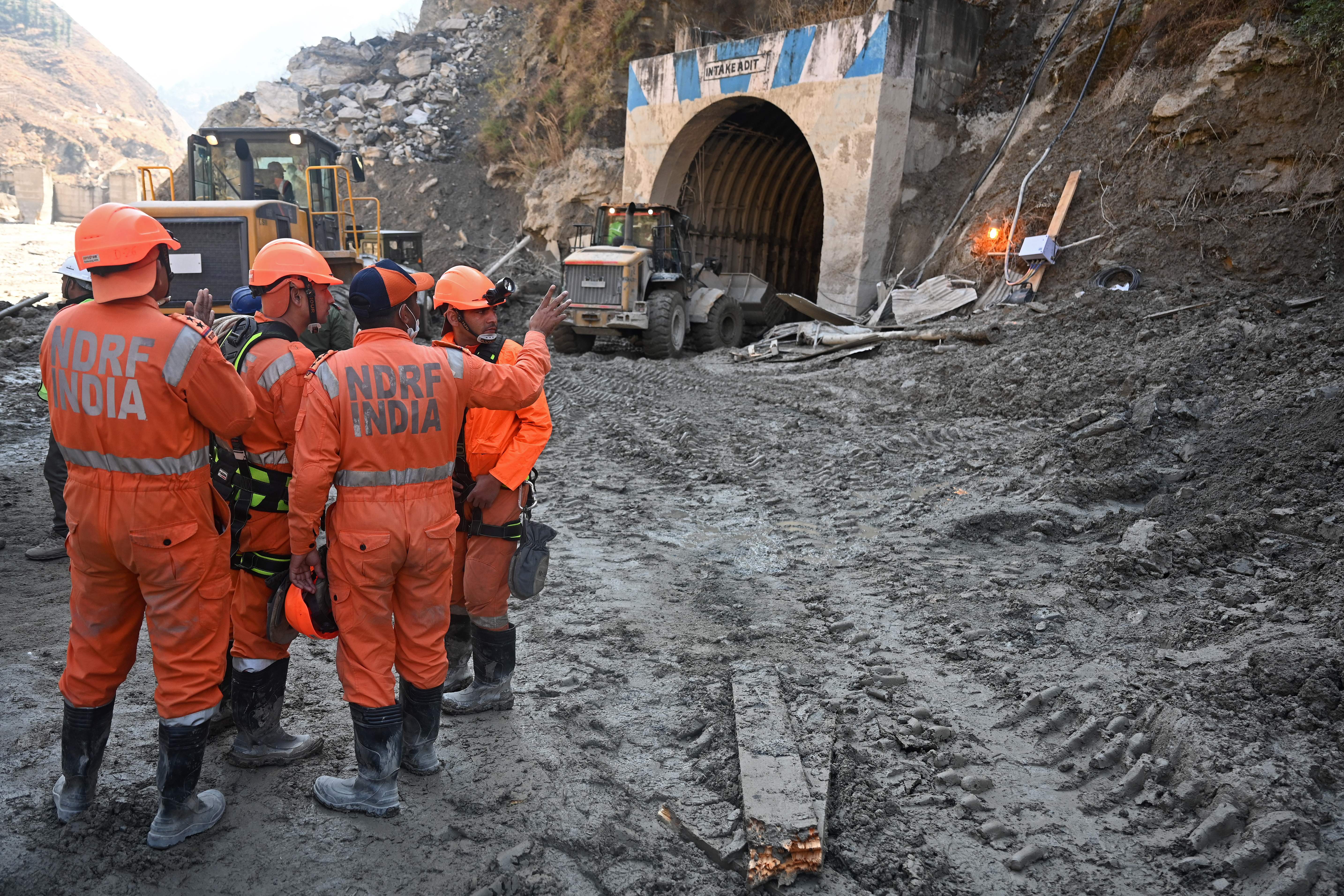
The Himalayas are a young and unstable mountain range, constantly shifting under natural and man-made pressures. Unchecked construction, deforestation, and mining have made many trekking routes increasingly dangerous. Mindful travel—minimising one’s footprint, respecting the environment, and staying informed—has now become the only sustainable way forward.
Preparing Before the Trek
A successful and safe trek begins with preparation. Before setting foot on any trail, research the terrain, weather conditions, and recent incidents in the region. Always share your itinerary and return plan with family or friends.
Physical fitness plays a crucial role in high-altitude trekking. Build endurance through cardio exercises and practice walking on uneven terrain. Acclimatisation is equally important; gaining height gradually allows your body to adapt to thin air and prevents altitude sickness.
Check for local weather forecasts regularly. Conditions in the mountains can change in minutes—a clear morning can quickly turn into a stormy afternoon. Carry essential emergency gear and know your nearest shelters or exit routes in advance.

Packing with Purpose
When you pack for the mountains, think survival, not luxury. Your backpack should be light but well-equipped. Carry a first-aid kit, any prescribed medications, painkillers, antiseptics, and altitude sickness tablets.
Include tools for navigation like a map, compass, and offline GPS app. Mobile signals often disappear in remote regions, so never rely solely on your phone. A headlamp, whistle, and power bank are must-haves. For better connectivity, trekkers venturing into isolated trails should consider satellite phones or personal locator beacons.
Layer your clothing wisely. Weather in the Himalayas can turn from warm to freezing within hours. Pack thermals, a waterproof jacket, gloves, and high-quality trekking boots with a strong grip. Keep all identification documents, permits, and emergency cash in a waterproof pouch.
What To Do In a Mountain Emergency
If you’re caught in a natural disaster like a landslide or flash flood, the first and most important thing is to stay calm. Panic leads to poor decisions. Pause, breathe deeply, and assess your surroundings. Unless you’re in immediate danger, it’s often safer to stay where you are and wait for help.
Seek stable ground or shelter, away from cliffs, trees, or flowing water. If you have a communication device, reach out to local authorities or use emergency SOS signals. Wear bright clothing or reflective material to increase visibility for rescue teams. Conserve food, water, and energy while keeping warm and hydrated.
Injuries should be treated immediately with whatever first aid supplies are available. Use clean water to wash wounds and bandage them securely. Keeping your composure can often make the difference between survival and disaster.
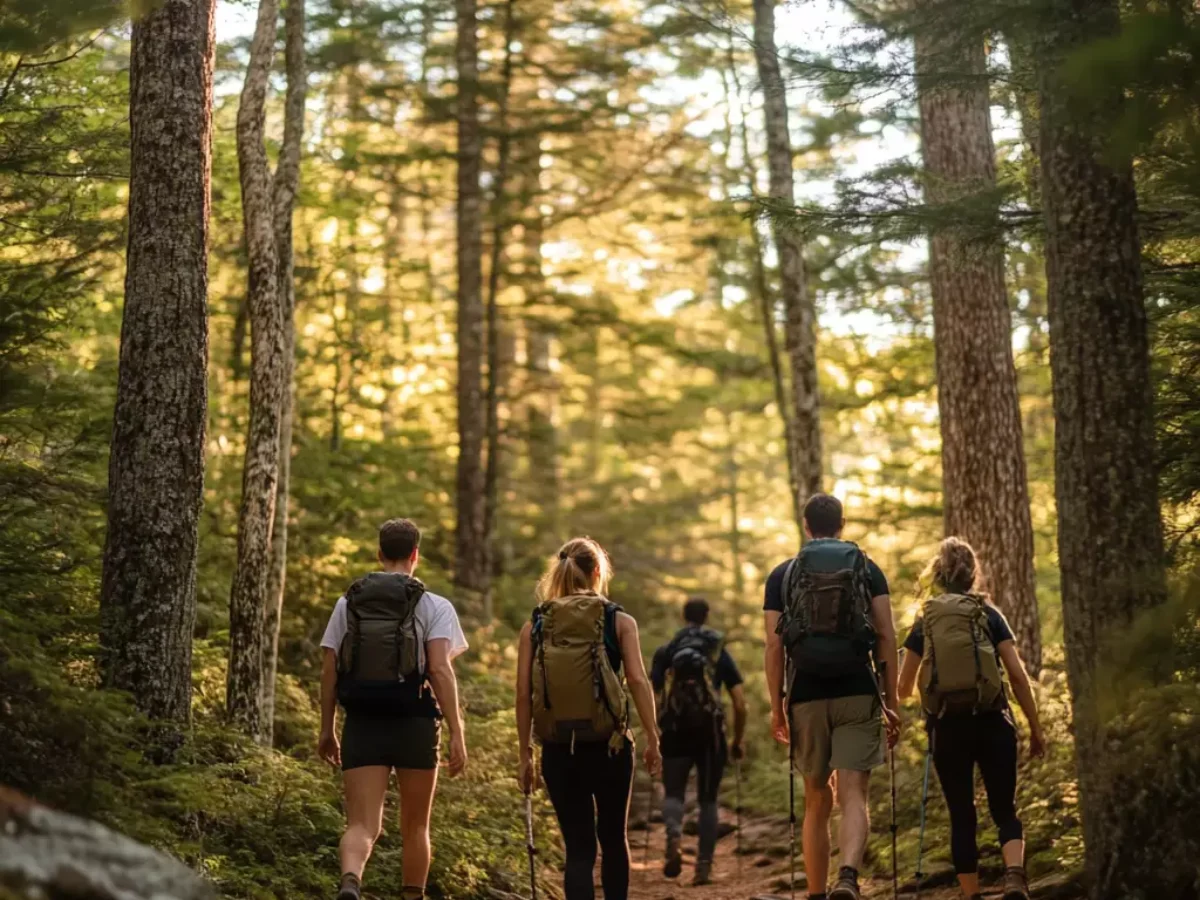
The Importance of Mindful Travel
Mindful trekking is about more than safety—it’s about respect. Avoid littering, disturbing wildlife, or straying from designated trails. Choose smaller groups and lesser-known routes to reduce environmental impact. Support local communities by staying in eco-lodges and purchasing local produce.
Every trekker has a role to play in protecting mountain ecosystems. With climate change and irresponsible tourism threatening these regions, it’s vital to travel consciously and leave no trace behind.
Final Thoughts
Mountain trekking is one of the most rewarding experiences a traveller can have—but it demands humility, preparation, and awareness. Whether you’re walking through the quiet trails of Spiti or the vibrant valleys of Sikkim, remember that the mountains command respect.
By travelling responsibly, packing wisely, and staying prepared for the unexpected, you ensure not only your safety but also the survival of the fragile landscapes that make trekking so extraordinary.
Follow Travel Moves on Instagram and Facebook for more destination insights, safety guides, and travel stories from India’s most breathtaking mountain trails.

